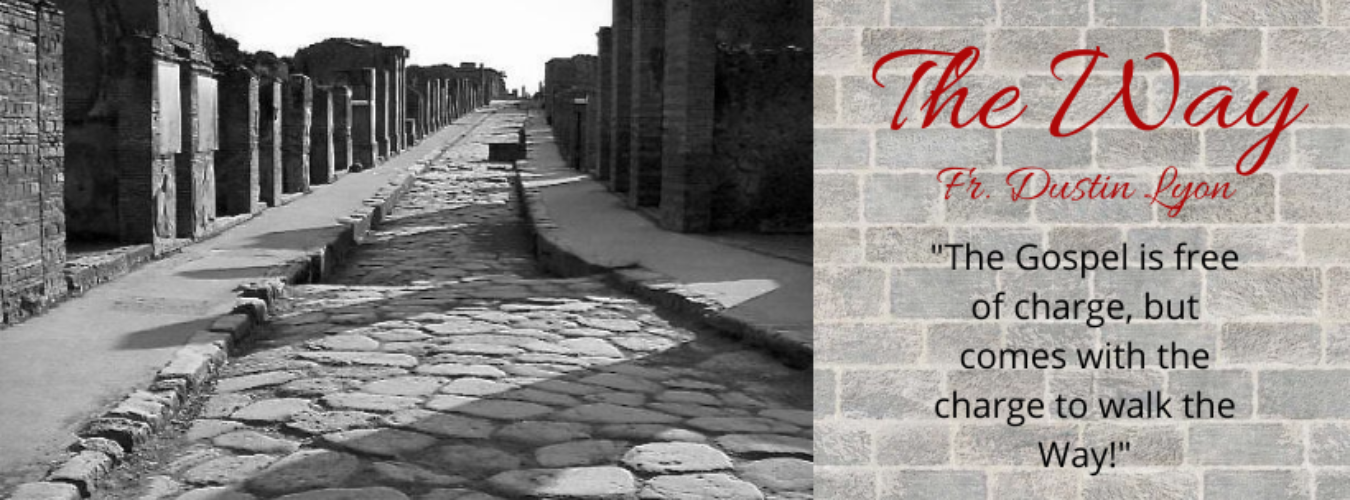Palm Sunday
We’re all used to using symbols in our lives to mark events and special occasions.

We know there are trees for Christmas, eggs for Easter, candles on cakes for birthdays, and four-leaf clovers for St. Patrick’s Day.
The story of Palm Sunday in the Gospel of John is full of these sorts of images.
However, because we aren’t first-century Judeans, we may not immediately recognize all the symbols.
And what symbols we do recognize—such as Palm leaves—we associate with Palm Sunday rather than their original meaning.
But, there’s another layer of complexity in addition to simply knowing what the symbols stand for.
John has used multiple images from different events—he’s mixed them together.
This would be like writing a story about Easter eggs appearing on a Christmas tree.
So, what are the symbols in the Palm Sunday story?
What do they mean?
And, why would John mix various symbols together?
What message does that send?
Scripture: John 12:1-18 (click here to read)
Bottom Line: When symbols collide, God is up to something big!
Discussion Questions
- What symbols occur in your life? What do they mean? Have they always had the same meanings, or have their meanings changed over time?
- What makes the symbols meaningful in your life? What happens when those symbols aren’t there or when they change? How do you feel?
- What symbols do you notice throughout scripture? Are there any symbols that appear in the Old Testament that you see in the New Testament? When this happens, how do they tie the stories together?
Moving Forward
As we read through the Palm Sunday story, we notice a few different symbols: Lazarus rising from the dead, the timing of the event in the gospel of John, and the Palm branches.
Let’s take a look at each of these individually.
1) On Saturday, we celebrated one of Jesus’s most well-known miracles: the raising of Lazarus from the dead.
This event is closely tied with Palm Sunday and it’s even mentioned in today’s Gospel lesson.
Now, you and I see this as a foreshadowing of Jesus’s resurrection. But, for the first-century Judean, this would have pointed to a very big event. It would have pointed to the end times.
Those things that the prophets of the Old Testament said would happen when God returned to restore Israel and renew the world, well, the raising of the dead was a sign that pointed to this.
But, John doesn’t stop there.
2) He also mixes in another symbol—one pointing to the Passover.
The timing of Jesus’s entry is timed according to the annual celebration of Passover.
This is still celebrated today by Jews around the world but in a slightly different way.
No matter how you celebrate—whether with sacrifices in the Temple, as they did in the first-century, or with a seder meal, as is done now—it’s a remembrance of when God freed the Hebrew slaves from the tyranny of Pharaoh.
As the story goes, each Hebrew family had to slaughter a lamb and spread its blood around the door frame.
By doing this, the Angel of Death would pass over their home leaving their firstborn sons alive.
Eventually, Moses would lead them out of Egypt and into Canaan where they establish Israel.
But, the important message is that Passover is a sign of liberation from oppressors.
Now, we have Jesus entering into Jerusalem to celebrate this feast.
3) Finally, John introduces the symbol of the palms.
The palms would have indicated the Feast of Hanukkah.
After Israel fell to the Assyrians and the Babylonians, they would also be conquered by the Persians, the Greeks, and, by the time of Jesus, the Romans.
Hanukkah is the celebration of Judah Maccabaeus restoring Israel for a brief time and cleansing the temple. This happened in 164 B.C.
When Judah entered the city, he was welcomed by the waving of palm branches.
So, for the first-century Judean, this was another sign of liberation from foreign occupation.
John, in his narrative of Jesus entering into Jerusalem, weaves all these symbols together to say one amazing thing: God is doing something marvelous.
God is liberating his people, bringing all nations to himself, and defeating all his enemies.
The only twist: he’s not concerned with the political powers of this world.
His true enemy, the one who has oppressed us, is death. As we know, Christ conquers and overthrows death through the cross. And, three days later, an end-time event occurs: Jesus rises from the dead.
And, all of this is the establishment of a new Israel, one in which all peoples are welcomed.
Changing Your Mind
“His disciples at first did not understand these things, but when Jesus was glorified they then remembered that these things had been written concerning him, and also that they did these things to him.” (John 12:16)

